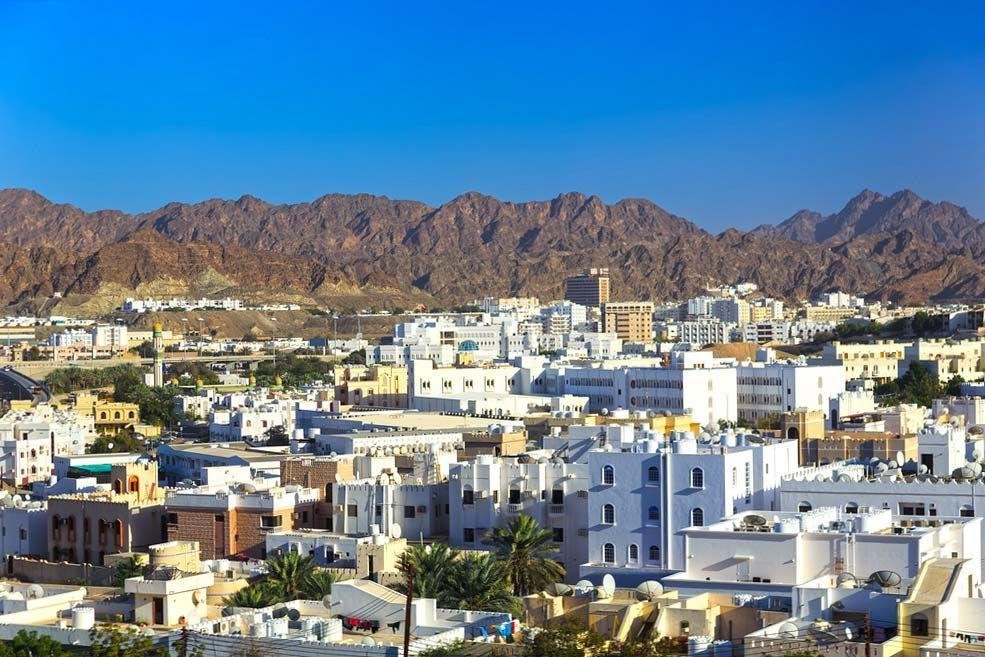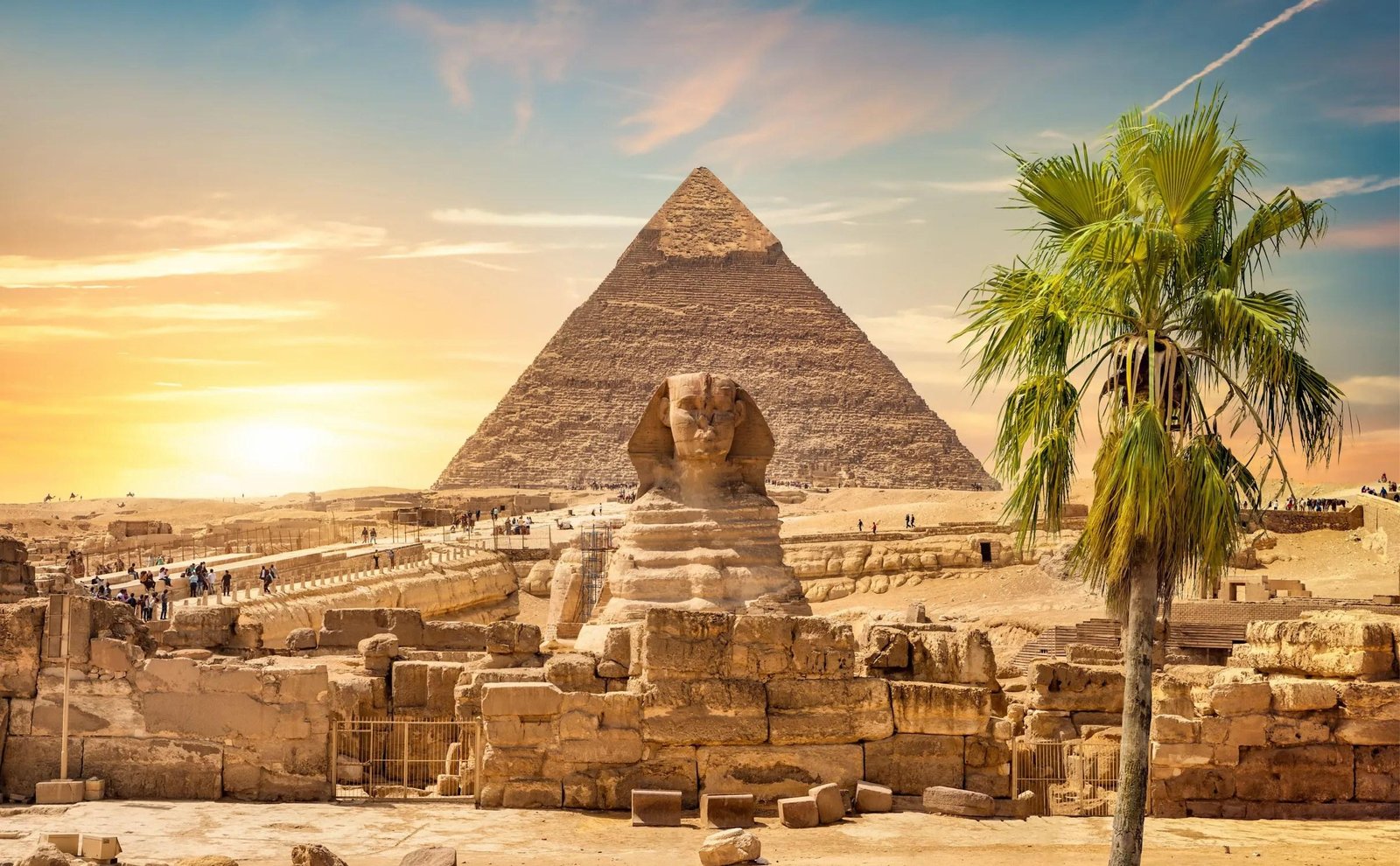Muscat, the capital city of Oman, is a captivating blend of traditional Arabian architecture and modern design, reflecti...
The Architectural Charm of Muğla, Turkey
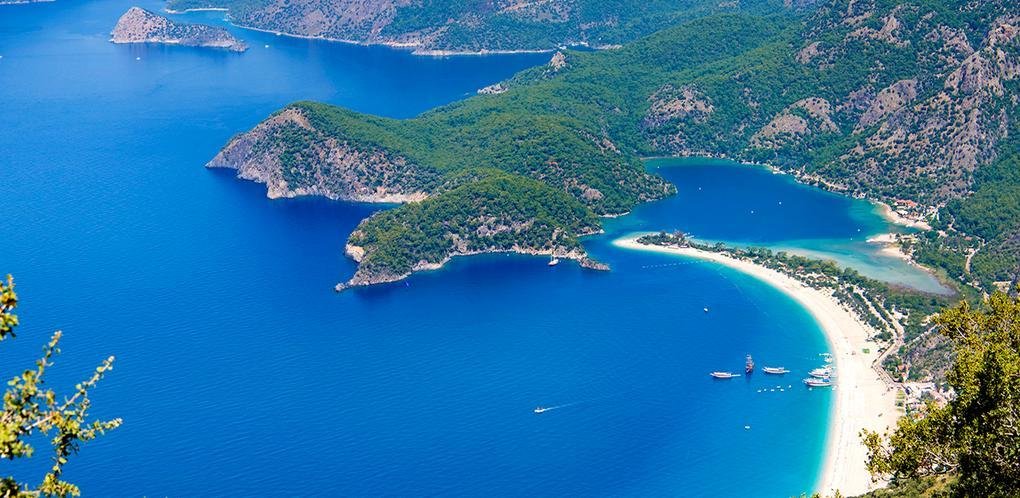
Muğla, a picturesque province in southwestern Turkey, is renowned for its stunning natural landscapes and rich historical heritage. The architectural diversity of Muğla reflects its long history, influenced by various civilizations, including the ancient Greeks, Romans, Byzantines, and Ottomans. This blend of cultures is evident in the region's unique buildings, traditional houses, and modern developments, creating a captivating urban landscape.
The heart of Muğla is the city of Muğla, which boasts a charming old town characterized by narrow cobblestone streets, whitewashed houses, and vibrant bougainvillea. One of the most notable architectural features in the city is the Muğla Museum, housed in a historic building that showcases artifacts from different periods of the region's history. The museum provides a glimpse into the rich cultural heritage of Muğla and is a must-visit for history enthusiasts.
A prominent landmark in Muğla is the Ottoman-era Muğla Castle, which dates back to the 15th century. Perched on a hill overlooking the city, the castle offers stunning panoramic views of the surrounding area. Its robust stone walls, towers, and bastions feature typical Ottoman architecture, serving as a reminder of the city’s strategic importance throughout history. The castle has been well-preserved and stands as a testament to the architectural prowess of the Ottoman Empire.
Traditional Muğla houses are another highlight of the region's architectural heritage. These charming structures are characterized by their wooden frames, intricate carvings, and colorful tile work. The use of local materials, such as stone and wood, reflects the region's natural resources and climate. The houses often feature large verandas and courtyards, providing comfortable outdoor living spaces that blend seamlessly with the surrounding environment. Walking through the old neighborhoods, visitors can admire the craftsmanship and artistry that define these traditional homes.
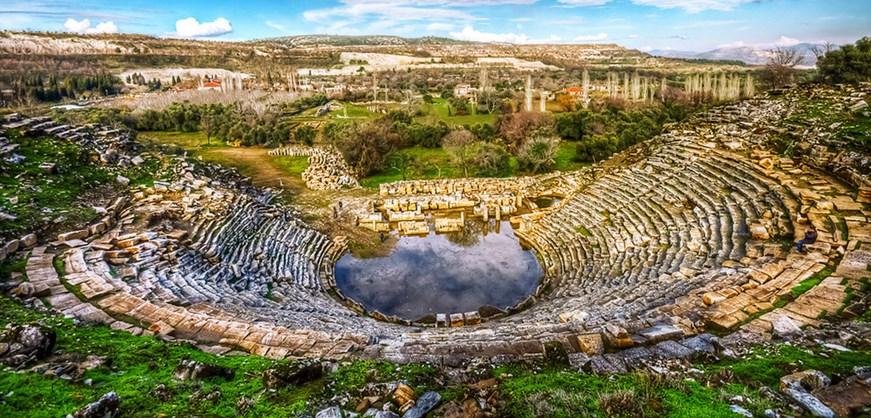
The region is also famous for its ancient ruins, which tell the story of its rich history. The ancient city of Stratonikeia, located near Muğla, is a remarkable archaeological site that showcases a blend of Hellenistic and Roman architecture. The ruins include a well-preserved theater, temples, and a gymnasium, offering insights into the daily life and culture of its inhabitants. The site is a testament to the architectural sophistication of ancient civilizations and attracts history buffs and tourists alike.
Another significant ruin in the vicinity is the ancient city of Kaunos, located near the town of Dalyan. This site features impressive rock tombs carved into the cliffs, a well-preserved theater, and the remains of a Roman bath complex. The architectural style of Kaunos reflects the influence of various civilizations that inhabited the region over the centuries. The stunning backdrop of the surrounding mountains and the Dalyan River enhances the beauty of the site, making it a popular destination for visitors.
Muğla is also known for its vibrant coastal towns, such as Bodrum and Fethiye, which feature a unique blend of traditional and modern architecture. Bodrum, famous for its lively nightlife and stunning beaches, is home to the Bodrum Castle, built by the Knights of St. John in the 15th century. The castle, constructed from local stone, is a prime example of medieval military architecture and offers breathtaking views of the Aegean Sea. Today, it houses the Museum of Underwater Archaeology, showcasing artifacts from ancient shipwrecks and maritime history.
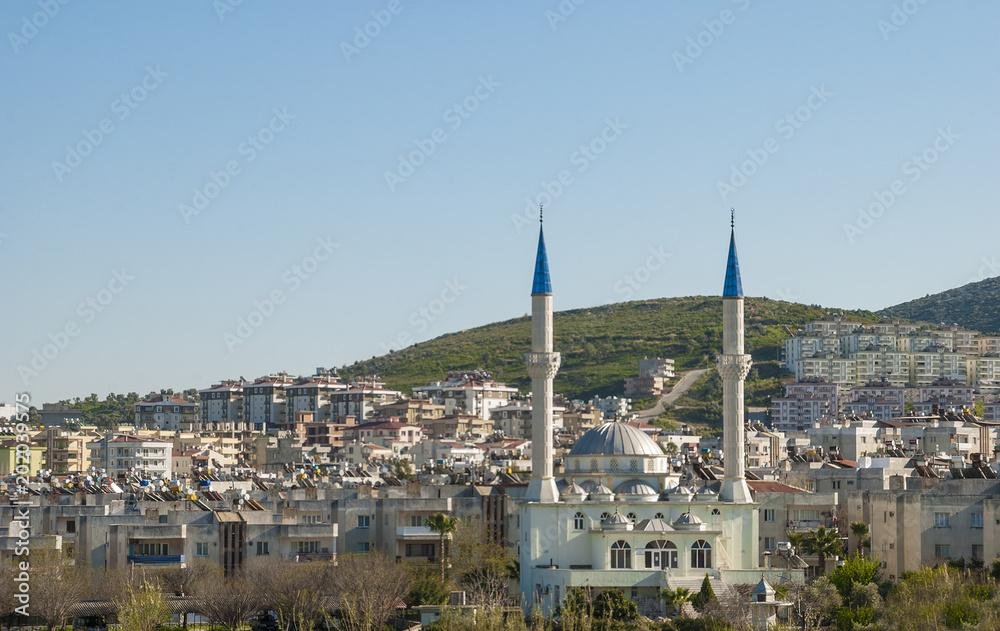
Fethiye, another popular coastal town, features the Lycian rock tombs, a remarkable example of ancient architecture. Carved into the cliffs overlooking the town, these tombs date back to the 4th century BC and are adorned with intricate facades. The tombs reflect the artistic and architectural skills of the Lycians and serve as a reminder of the region's rich history. Fethiye also boasts a charming old town, where visitors can explore traditional markets, restaurants, and cafes housed in beautifully restored buildings.
Modern architecture in Muğla has also made its mark, particularly in the design of luxury resorts and hotels that cater to the region's thriving tourism industry. Many of these developments incorporate traditional elements, such as stone facades and terracotta roofs, while offering contemporary amenities. The integration of sustainable design practices in these modern constructions reflects a growing awareness of environmental responsibility and the desire to preserve the natural beauty of the region.
The architectural landscape of Muğla is further enriched by its mosques, which showcase stunning Islamic design. The Grand Mosque of Muğla, built in the 18th century, features elegant minarets, intricate calligraphy, and beautifully decorated interiors. The mosque serves as a spiritual center for the local community and is an important cultural landmark in the city. Its architectural style reflects the influence of Ottoman and Islamic traditions, contributing to the diverse architectural tapestry of Muğla.
In addition to its historical and cultural significance, Muğla is also known for its commitment to preserving its architectural heritage. Local authorities and cultural organizations work to restore and maintain historical buildings, ensuring that future generations can appreciate the region's rich history. This dedication to preservation is evident in the ongoing restoration projects aimed at safeguarding the unique architectural features that define Muğla's identity.
The region's natural beauty also plays a significant role in its architectural design. Many coastal towns feature buildings that harmonize with the surrounding landscape, utilizing local materials and traditional construction techniques. This integration of architecture and nature enhances the overall aesthetic appeal of the area and creates a sense of place that resonates with residents and visitors alike.
As Muğla continues to develop, the balance between modernization and preservation remains a priority. The city’s growth has led to the emergence of contemporary architectural projects that respect the region's historical context while meeting the needs of a growing population. This harmonious coexistence of old and new contributes to Muğla's unique character and charm.
In summary, the architecture of Muğla, Turkey, is a captivating blend of historical influences and modern innovation. From the Ottoman-era Muğla Castle and traditional wooden houses to the ancient ruins of Stratonikeia and Kaunos, the region showcases a diverse array of architectural styles that reflect its rich cultural heritage and dynamic evolution. The intricate details of Bodrum Castle, the stunning Lycian rock tombs in Fethiye, and the commitment to sustainability in modern developments all contribute to the unique character of this enchanting province.
As visitors explore the architectural wonders of Muğla, they are transported through centuries of history, experiencing the layers of culture that have shaped this remarkable region. Each building tells a story, revealing the aspirations and achievements of the people who have called Muğla home throughout the ages. With its stunning architecture and vibrant atmosphere, Muğla continues to captivate the hearts of all who visit, inviting them to discover the rich narratives woven into its urban landscape. The seamless integration of tradition and modernity ensures that Muğla remains a fascinating destination for those seeking to experience the beauty and complexity of its architectural heritage.
Share:

